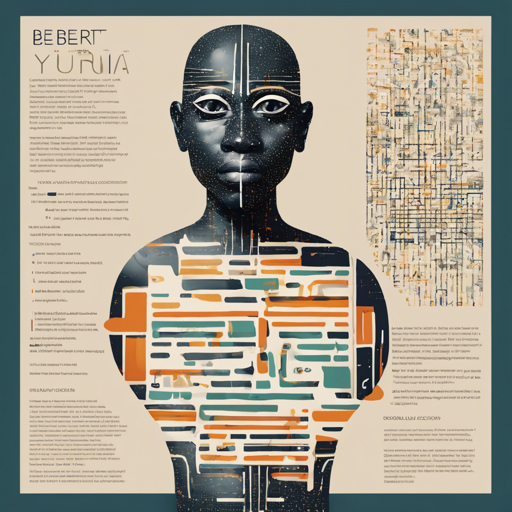In the realm of natural language processing (NLP), fine-tuning models to understand various languages is crucial. One such remarkable model is bert-base-multilingual-cased-finetuned-yoruba, specifically designed for the Yorùbá language. It has shown better performance in tasks like text classification and named entity recognition compared to its multilingual counterparts. This blog will walk you through how to use this model, understand its limitations, and offer troubleshooting insights.
Understanding the Yorùbá BERT Model
The Yorùbá BERT model is derived from the bert-base-multilingual-cased model but is fine-tuned on a corpus of Yorùbá texts. Think of it as a language-specific chef who has mastered dishes from diverse cultures but specializes in an exquisite Yoruba culinary creation. This specialization enables it to excel (or cook up) better outcomes in text-based tasks related to the Yorùbá language.
How to Use the Yorùbá BERT Model
Using the Yorùbá BERT model is as simple as pie! You can leverage the Transformers library by following these steps:
- Install the Transformers library: Make sure that you have the Transformers library installed. You can do this using pip:
pip install transformersfrom transformers import pipelineunmasker = pipeline("fill-mask", model="Davlan/bert-base-multilingual-cased-finetuned-yoruba")unmasker("Arẹmọ Phillip to jẹ ọkọ [MASK] Elizabeth to ti wa lori aisan ti dagbere faye lẹni ọdun mọkandilọgọrun")Sample Output Explanation
When you run the unmasker with the sample sentence, you’re asking it to fill in the masked term with the most contextually relevant word. Imagine you’re playing a guessing game where the model has to find the missing piece of a puzzle (the masked word) based on the surrounding words (context). The output gives you various possible words (like ‘Mary’, ‘Queen’, ‘King’, etc.) along with scores that indicate how likely each word fits in. The model’s best guesses will usually have higher scores.
Limitations of the Model
While the Yorùbá BERT model is robust for various tasks, it is not without limitations. The model is primarily trained on specific datasets—such as Bible, JW300, and news articles. This training set may constrain the model’s effectiveness across all domains. For example, if you try to use it for conversational language that doesn’t appear in the training data, the results might not be ideal.
Troubleshooting Tips
If you encounter issues while using the Yorùbá BERT model, consider the following troubleshooting ideas:
- Ensure you have the latest version of the Transformers library installed.
- Check your code for any typos in the model name or pipeline initialization.
- If the model is not producing the expected outputs, try different sample inputs to see if the issue persists.
- Consult the Transformers documentation for more insights on using the library.
For more insights, updates, or to collaborate on AI development projects, stay connected with fxis.ai.
Conclusion
At fxis.ai, we believe that such advancements are crucial for the future of AI, as they enable more comprehensive and effective solutions. Our team is continually exploring new methodologies to push the envelope in artificial intelligence, ensuring that our clients benefit from the latest technological innovations.

